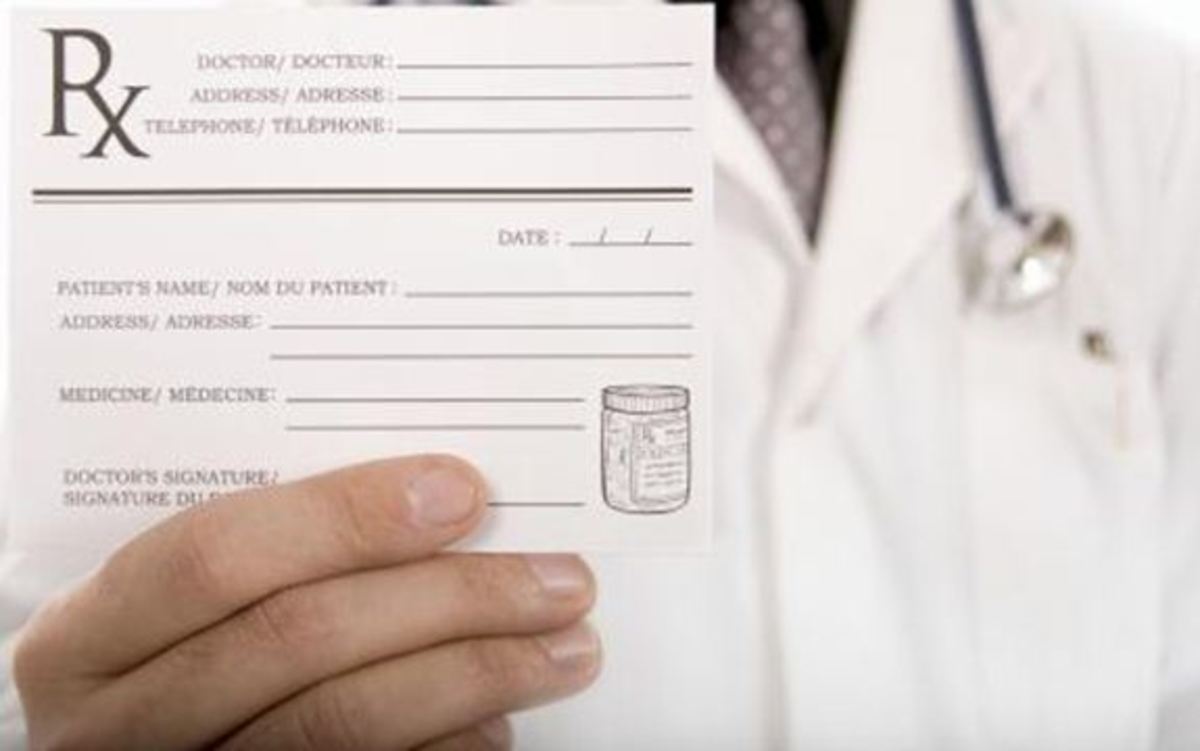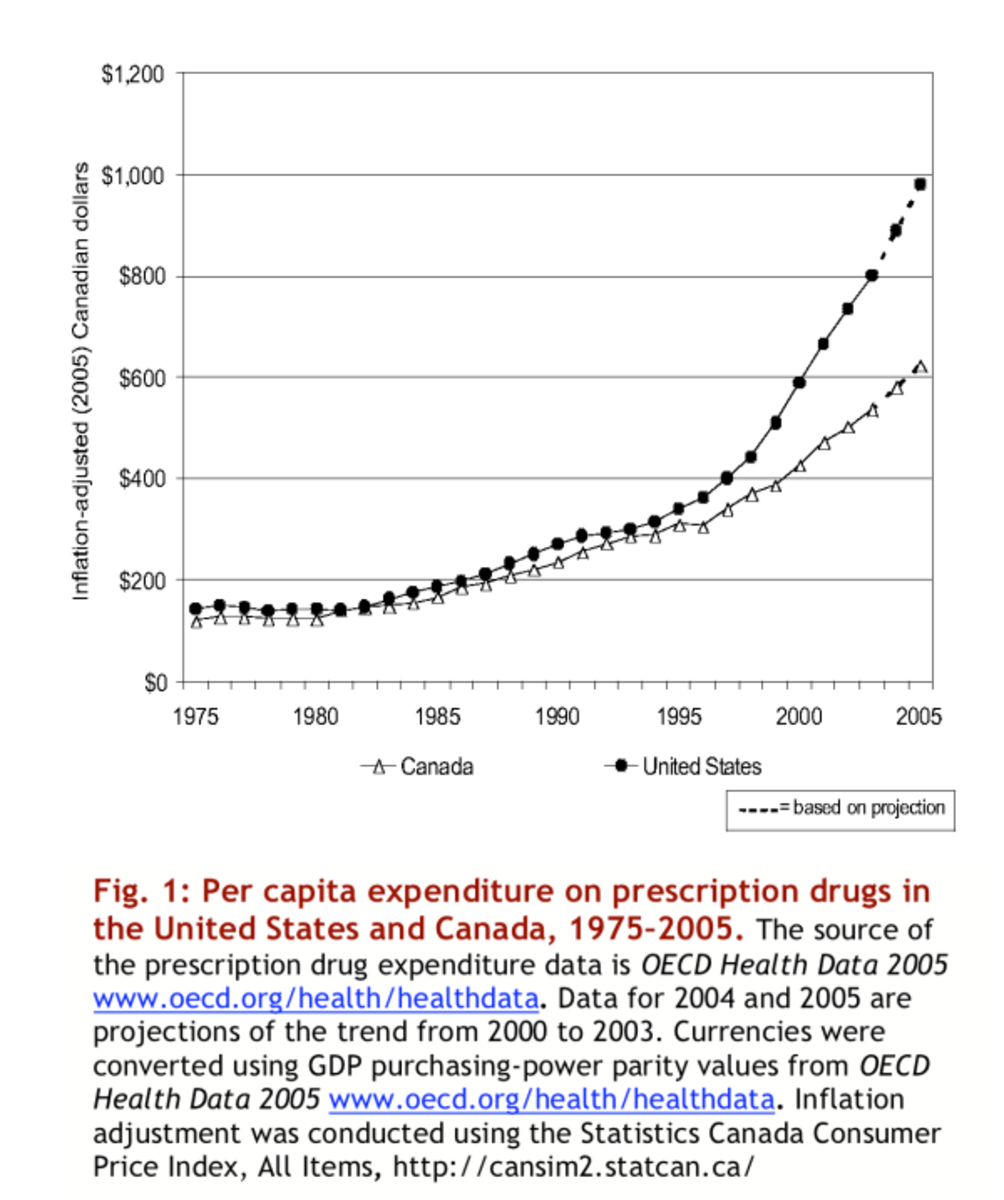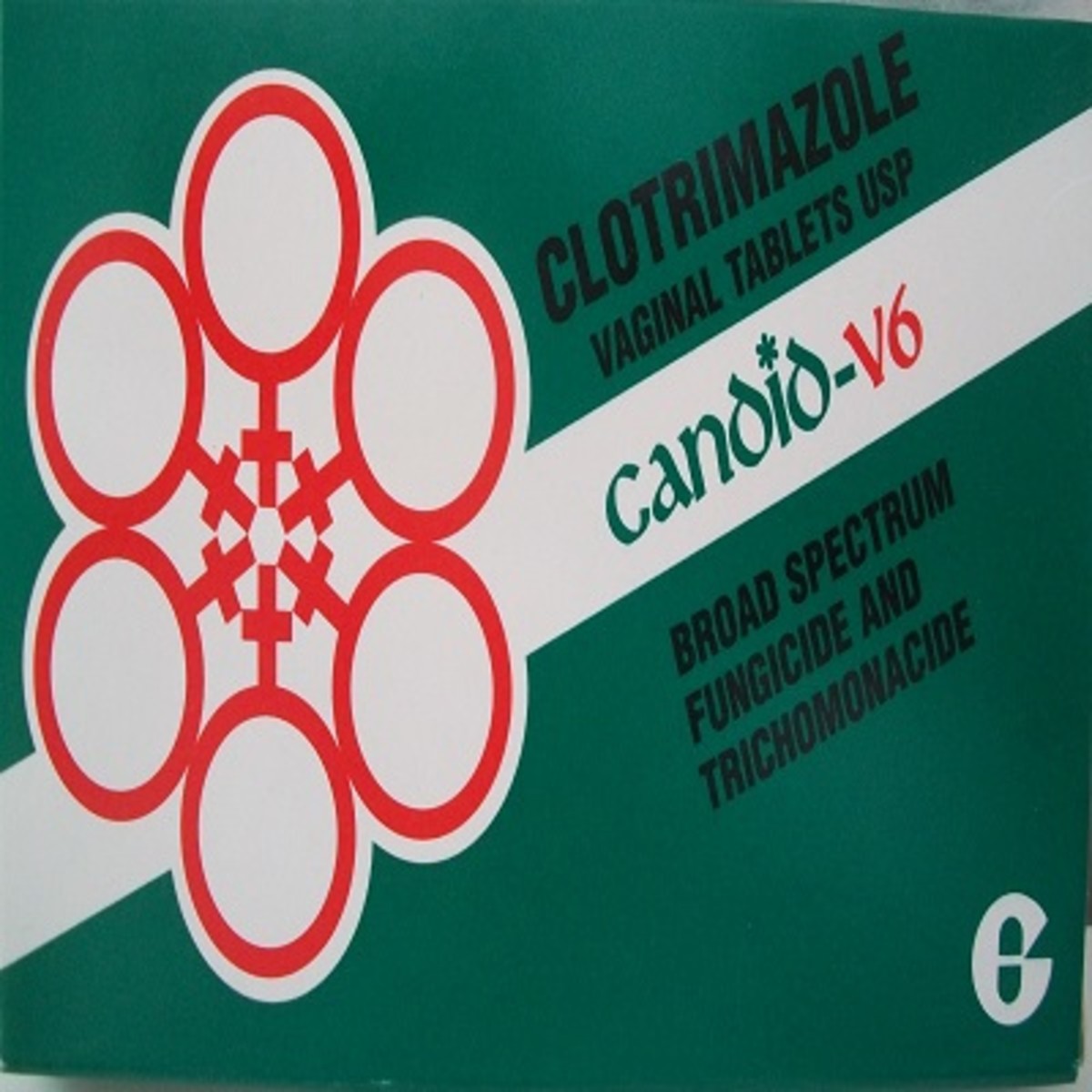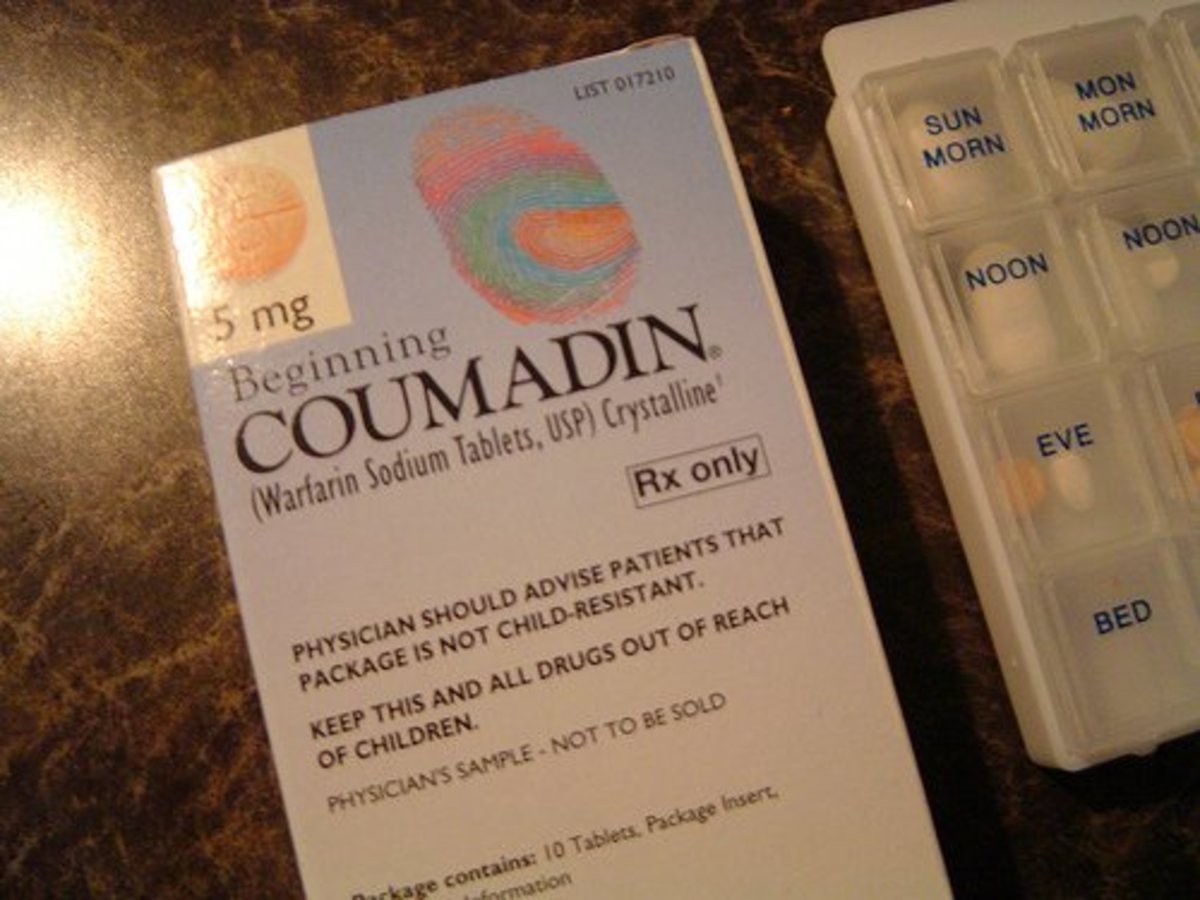Understanding Your Prescription Insurance: Mail Order System
Basics Of Mail Order
Most prescription plans have mail order built in and you don't even know it! It is one of the best ways to lower the cost of your medications. The best way to determine if Mail Order is offered on your particular prescription plan and will save you money, is to call your prescription benefits manager.
Mail Order Drugs: Prescriptions or other medications sent to a person by a mail order or Internet pharmacy using a home delivery method, such as U.S. Postal Service, FedEx or UPS. Generally, these medications are used on a long-term basis for people with chronic conditions.
Mail Order Pharmacy: Organization that provides pharmacy service via telephone, mail or the internet to delivers its medications using a home delivery method. Most prescription benefit plans allow a person to receive up to a 90-day supply per fill for covered medications filled by the prescription plan's designated mail order pharmacy.

Pros of Mail Order
- Most plans will set up the copay structure for a mail order prescription at a higher rate, so you want to make sure you get 90 day supply each and every time. The copay structure is still set up essentially, for most plans, that you buy 2 months and get 1 free . This is not standard for every plan, so you should check, but most of the time, you are definitely going to save money when you get 90 day supply.
- No more trips to the pharmacy! It is convenient to have your drugs mailed to your home. You don't have to leave the house, you don't have to drive to the pharmacy. For the elderly or handicapped this is perfect, they don't have to rely on anyone but themselves. With mail order there are no lines to stand in and no improptu shopping in the retail pharmacy.
- Pharmacists in the mail order facility do keep record of all the drugs you take and the interactions they may have with each other. In most cases, you can call and ask questions just like you do in a retail pharmacy. They have safety and quality monitors that prompt the pharmacist to double check with the doctor on interactions or possible allergies.
- You can usually order your mail prescriptions when you have about 30 days on hand. This gives the pharmacy time to process your order and includes ample mail time to your house. This is so that you don't run out of medication. Though, mail order is usually pretty fast, if you order on time, you will always have medication on hand, even if there is a delay in the mail.
- Most mail order pharmacies have many ways to order your prescriptions. The most common options are phone and website. Its good to check what options you have available to you. Most mail order pharmacies will have a number to give your doctor's office to call or fax in your prescriptions. You should always check with your mail pharmacy on the details of orders. Usually, when they receive an order from a doctor, it is automatically shipped to you. If this is not what you want, you may need to specify they hold the prescription on file.
- If your pharmacy has a website, you can usually play around in it and get all sorts of information. Most places will give you drug costs and comparisons, most cost effective alternatives and order status so that you can keep up with where your prescriptions are in the process.
Cons of Mail Order
Nothing is perfect. The mail is unpredictable sometimes. This is true with mail order prescriptions as well. While you will likely have a great experience with it, you could run into a few problems.
- There is no face-to-face interaction with a pharmacist. Some people find the mail order to be impersonal, which in turn means its not as effective. This is not altogether true, the system still works. You just have to call and speak to a pharmacist, instead of having a face-to-face conversation.
- You pay more at once. 90 day supplies are generally going to be a larger chunk at once, but you save money in the long run.
- Mail Order Delays - This occurs with things like holidays or weekends. It could also happen if there is a natural disaster that causes the mail to run slower. This is one of the reasons that it is suggested to order 30 days before you run out of medication.
- System Errors/Human Error - You have people processing your prescription and a computer that holds all the data. The computer system will generally say when a refill can be filled by your prescription plan and usually dictates whether it is covered or not. Sometimes, the system is wrong. Its a good idea to check back with the order, if you don't have it within a week to 10 days.
- You can't check your prescription before it is mailed to you. When you go to a retail pharmacy, you are privy to peeking in the bag to make sure what you ordered is what you got. In the case of the mail order, you don't have that opportunity. You won't see it until you get it. If it is wrong, you need to call and find out why it is wrong. Most mail order pharmacies will take back medication if they made a mistake. Usually if it is your mistake or the doctor's you are going to have to keep the medication. (Keep in mind, that a pharmacy cannot legally re-dispense a returned medication, so it is destroyed, no matter whose error it is.)
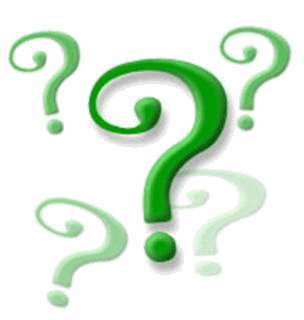
List of Things to Ask
- How much will I save?
- When can I refill?
- What options do I have to refill?
- How do I get a prescription to you?
- How do I pay?
- Can you fill my prescriptions automatically?
- How do you handle temperature controlled medications? (ie: Insulin, eye drops)
- What if my prescription gets lost?
- How long should I wait to receive my medication?




